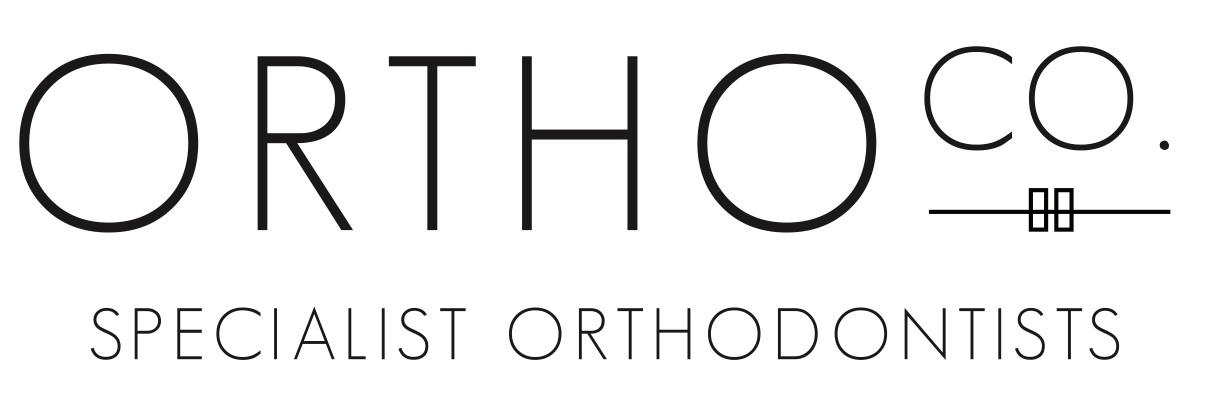Braces FAQs
+ How long is orthodontic treatment?
Average treatment duration is around 18 months. A treatment may last anywhere between 6 months to 30 months, or longer, depending on the age of the patient, the severity of the problem, the patient's cooperation, and the degree of movement required.
+ What are braces?
Braces are the most efficient and accurate way of moving teeth. Brackets are adhered to each tooth with special dental glue and are usually made of stainless steel or a clear plastic material. These brackets act like a handle on the tooth so that it can be moved into its correct position using wires. The brackets remain on the teeth for the entire duration of treatment. Generally adjustments are made to the braces every four to eight weeks.
Metal braces, made from stainless steel, are most popular with kids and teenagers as they love the different colours available for ligature ties. Metal braces are smaller and more comfortable than ever before.
Translucent or clear ceramic braces are very popular with adults. They’re much less noticeable than conventional metal braces. However, because the ceramic material can be abrasive to enamel, they usually can be placed only on the upper teeth. They're also more expensive.
Invisalign is a new treatment option that utilizes clear, plastic "aligners" to move the teeth. This is a brand new treatment option that is limited only to adult patients with fairly simple orthodontic problems. Dr Tan can tell you if you’re a candidate for Invisalign braces.
Lingual braces are mounted behind a patient's teeth and are barely visible. They were used many years ago, before the advent of more cosmetic-style braces. Generally, lingual braces are more uncomfortable than standard braces.
You may have heard of Self-ligating braces, also known as “Speed Braces,” don’t need the elastics or metal-tie wires required for traditional braces to hold the arch wires in place. This method places less strain on the patient’s teeth and gums. Dr Tan offers the popular Speed Braces Therapy.
+ Will my teeth be removed or extracted?
We believe in non-extraction treatment whenever possible. With this goal in mind, we stress the importance of early screenings and intervention when necessary for children. Even with early screening, about 20% of patients with crowding problems may need some teeth removed to create space to align the remaining teeth.
+ Will braces hurt?
Orthodontic treatment has improved dramatically. In general patients experience slight discomfort for about two to three days after their braces are first fitted.
For people who feel tenderness in their teeth, they may wish to eat softer foods.
+ Will braces cause ulcers in my mouth?
When you first get braces, you might experience some rubbing in your mouth. We provide orthodontic wax to our patients when they get braces put on as this helps protect the inside of your cheeks from rubbing against the braces. Your gums and cheeks will become accustomed to the braces and after a while you shouldn't need to use wax any more.
+ Will I still be able to talk when I have braces?
Yes, braces should not affect how you talk or the sound of your voice. Your tongue will re-adjust in about one or two days and you will be able to talk normally.
+ Does it hurt to eat with braces?
For some people the first few days your teeth will feel a little tender and they may wish to eat softer foods.
+ Is there anything I can't eat with braces?
You can eat most of the good things that you eat now. However, hard, sticky, crunchy foods should be avoided because they may stick to the brackets and pull them off your teeth. In addition, the sugar can get around the braces and cause cavities. Foods which should be avoided include :
- Minties, toffee and fantales
- Lollies
- Whole apples or carrots (cut them into pieces first)
- Corn on the cob (cut the corn off the cob before eating)
- Popcorn
- Peanuts and corn chips
- Ice
Bread crusts or hard rolls
+ What is a retainer?
After your braces are removed, you’ll wear a retaining appliance to hold your teeth in position. Retainers are just as important as braces in the treatment plan. You will need to wear your retainer until your teeth settle into a better bite and your bones and muscles adapt to their new dental arrangement.
